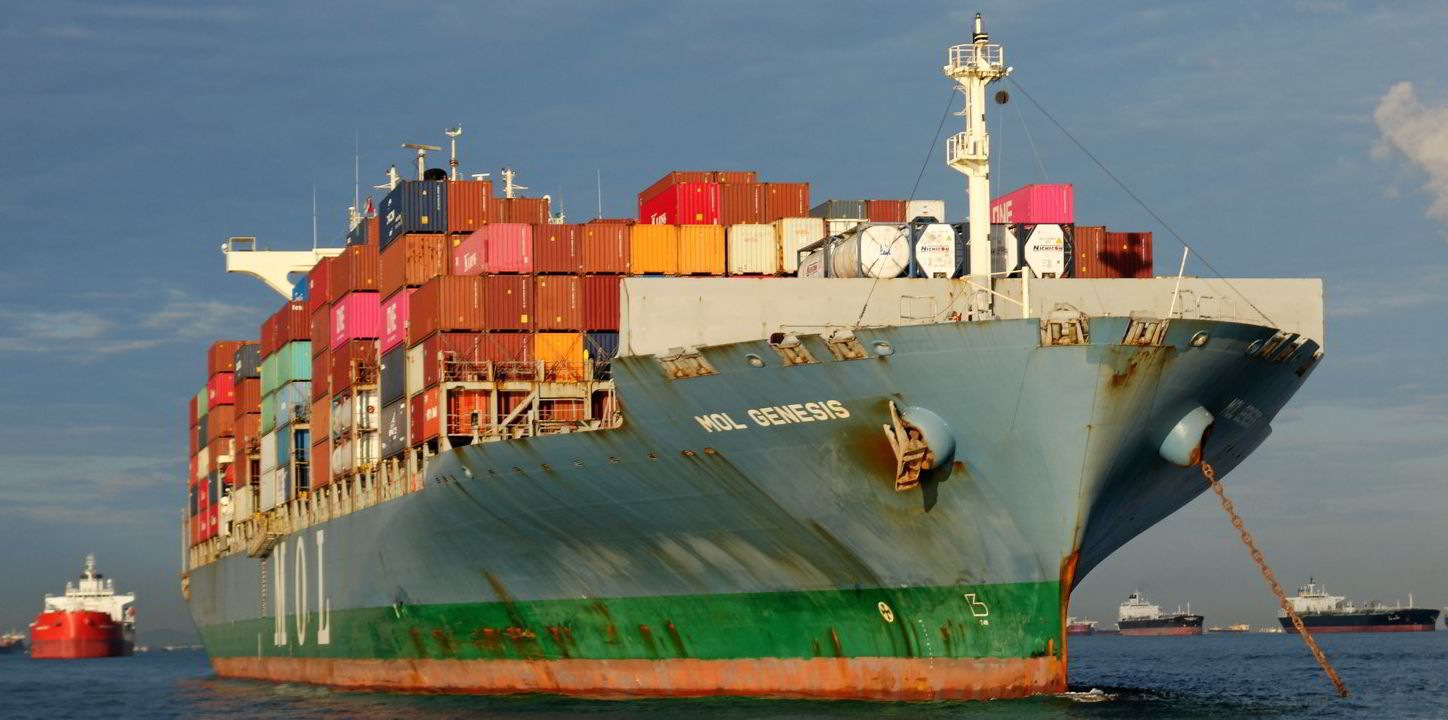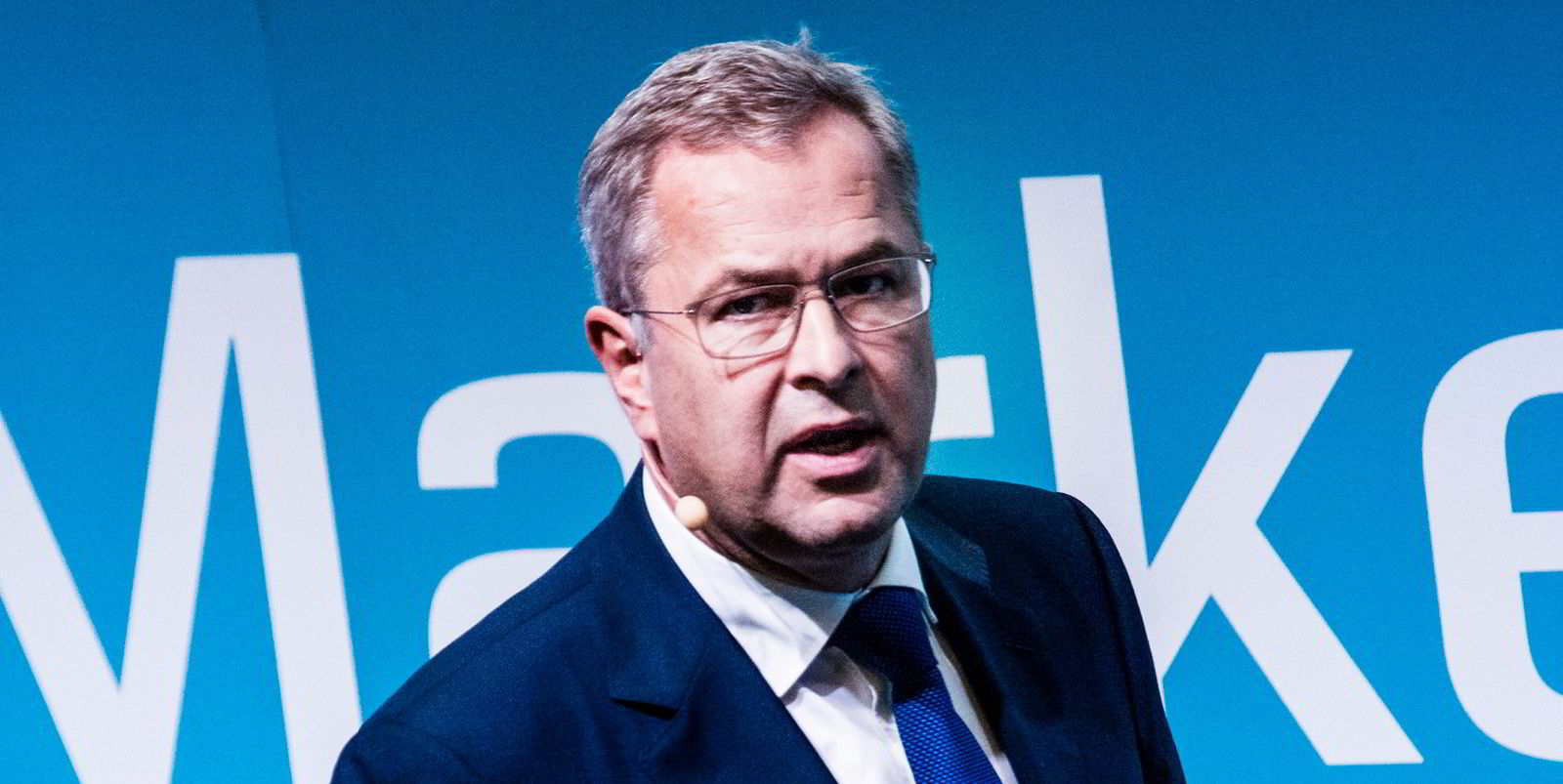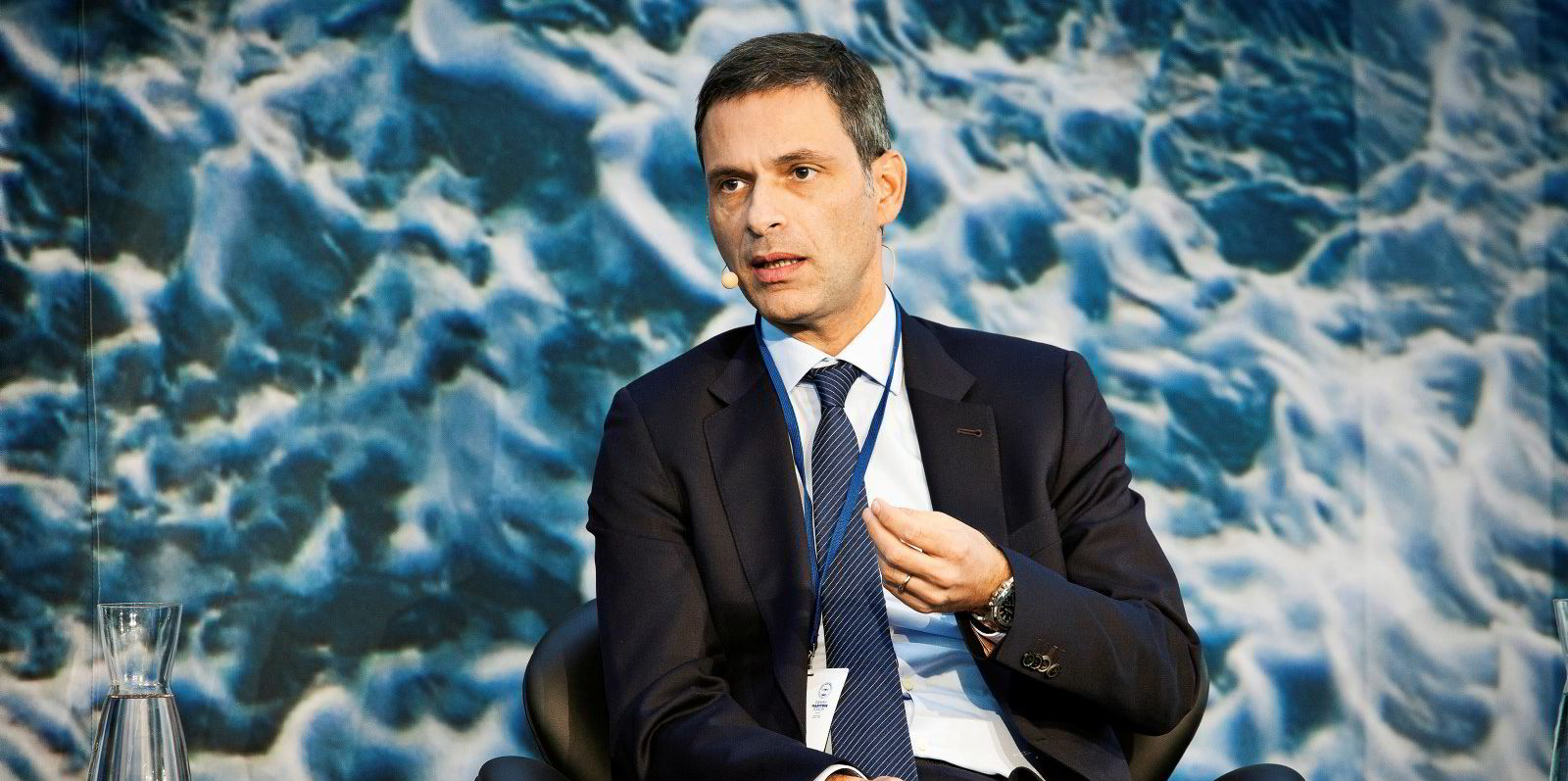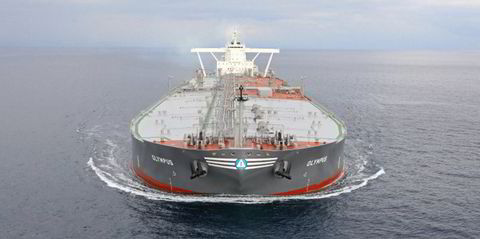No one expected the "Great Shipping Crisis of 2021" — not even the liner operators that are making more than $150bn from it.
Carriers were blindsided as demand bounced back and freight rates skyrocketed.
Owners also profited from eye-watering charter rates and secondhand values.
"In the last two years the world has changed," said Hapag-Lloyd chief executive Rolf Habben Jansen.
"We've seen a number of bottlenecks that have led to upward pressure on transportation costs," he said.
"We've seen changing demand patterns. We've seen increasing pressure to become greener, quicker. And we've seen that digitalisation has accelerated."
The surprise is evident in the operators' earnings forecasts.
Stock-listed companies AP Moller-Maersk, Hapag-Lloyd, and Zim have regularly upgraded their earnings expectations.
That culminated with forecasts that carriers will make Ebit — earnings before interest and taxes — of $150bn in 2021, according to estimates by shipping consultants Drewry.
And next year could be even better, as carriers lock in long-term contracts with big volume shippers at higher rates, according to Xeneta Shipping Index chief analyst Peter Sand.
How to spend it
Liner operators have wasted no time in spending their windfall by paying down debt, issuing shareholder dividends or investing in their fleets.
Newbuilding orders surged to record levels in 2021, with more than 500 ships with total capacity of 4.3m teu ordered in the first nine months.
This lifted the orderbook to around 700 ships, or 6m teu.
That is the highest level of capacity on order since the beginning of 2009, according to Braemar ACM Shipbrokers.
Shipowners benefited from the stunning appreciation in asset values, irrespective of age and size, Braemar added.
"The market is simply unrecognisable from where we were in Q3 [third quarter] 2020," the shipbroker writes.
Asset prices were pushed higher by a charter market that rose to a new all-time high in the third quarter of the year.
Traditional panamax vessels once deemed obsolete were earning $200,000 per day. Periods were also longer with fixtures of three to five years replacing short-term flexible periods that prevailed pre-pandemic.
The surge was fuelled by the freight market, where rates rose to $20,000 per 40-foot equivalent unit (feu) — 10 times the historical average — to ship a container from China to the US.
Winners and losers
The new order in container shipping saw the pain being borne by shippers facing record costs.
That was compounded by "a tidal wave of congestion", which saw average global waiting times of more than a week.
Global schedule reliability fell to an all-time low of 33.6% in August — down from 70% to 90% reliability pre-pandemic, according to Danish analyst Sea-Intelligence.
"First, we had lockdowns in Chinese ports, then an inexplicable shortage of empty containers, then the ships suddenly all maxed out and slots were like gold dust — and costing as much," said Global Shippers Forum director James Hookham.
"Now our goods are queuing to get into ports, waiting for a crane to unload the box and then for a driver to move it inland to where we need it."
"It's been a tough ride and it's not yet over, but most of us are still standing, although, sadly, there will be 'wipeouts'."

'Click-fest'
But shipping lines are not to blame for the crisis, just "the very lucky winners from this cruel lottery", said Drewry.
"It is not carriers' fault that because ports keep them waiting, sailing schedules are in disarray and access to container equipment is limited."
The industry continued to move large volumes of cargo, "admittedly with disruption to schedules, but we've managed to keep the global economy going", said Habben Jansen.
What the future holds for operators remains a matter of debate, but all point to the lingering effect of Covid on container shipping.
Habben Jansen said there are enough containers and ships in circulation, and sees the biggest problems as inland infrastructure, such as drivers for lorries in ports.
Shippers hope that demand will slacken and that "the 'click-fest' of online shopping could be extinguished as quickly as it ignited", said Hookham.
"Sure, maritime congestion will take some time to unwind," he said.
"But if the 'Great Shipping Crisis of 2021' proves to be just that, then the speed at which shipping rates shadow the drop in demand will be a critical indicator of the responsiveness and competitiveness of this market."







